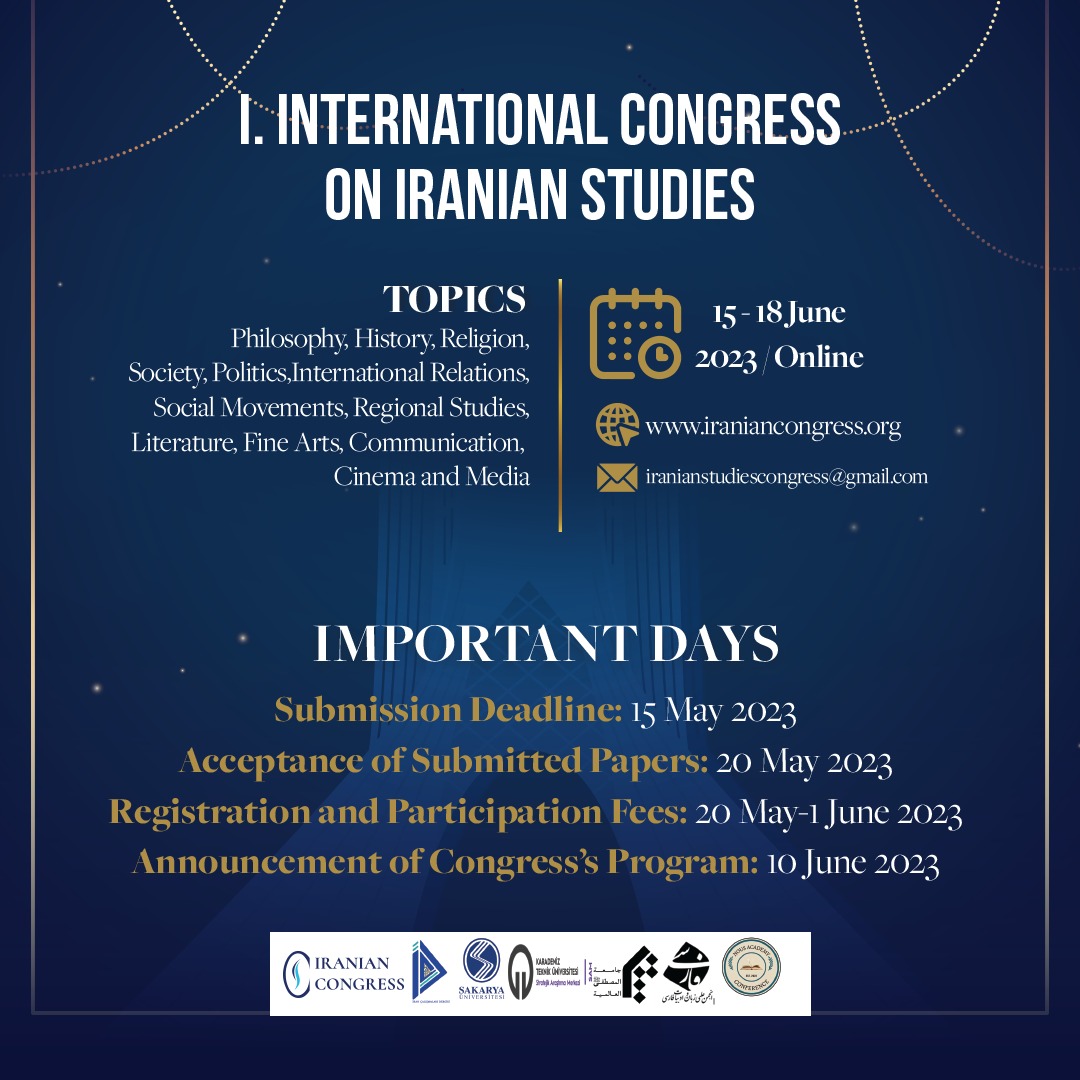Case Studies on Theological Reactions Against the Modernization in Iran
Abstract
Modernization from above seemed to be the ultimate fate of the Muslim world after the First World War and Reza Shah accept this responsibility in Iran. Subsequently, he faced opposition from the traditional society, notably ʿUlamā. One of the opponents of modernization is Mohammad-Ali Shâhâbâdi, a contemporary Shiite mystic, and faqih, who is referred to as the philosopher of Fiṭrah and a member of the Tehran philosopihic school. The purpose of this paper is to describe the socio-political context in which Shâhâbâdi thought, then to analyze his systematic theology and its influence, in order to determine his position of socio-economic mysticism in the history of contemporary Iranian religious thought. According to the findings of this research, Shâhâbâdi's thinking was able to preserve a rational and social interpretation of Islam and provide a solution to the challenges of intellectuals' critiques of religion and the Pahlavi regime's political-economic policies. For the first time, he founded his systematic theology on Fiṭrah in order to reject intellectual challenges, and in response to Pahlavi’s anti-religious policies and to realize his theology in practice, he established the Sacred Area of Islam Theory (Nâhie-ye Mughaddase) as a social institution to increase believers' social participation. In contrast to the Pahlavi economic policies of raw material sales, consumerism, and economic dependence, Mokhammas established the corporation as a financial-economic organization based on the production culture and economic participation of the region's people, or the cooperative model. Shâhâbâdi's thoughts affected the history of Iranian thinking in both the theoretical and socio-political domains.
Keywords: Mohammad-Ali Shâhâbâdi, Fiṭrah, Sacred Area of Islam (Nâhie-ye Mughaddase of Islam), Mokhammas corporation, Brotherhood group, Shadharât al-Ma'ârif
Published
Issue
Section
License
Copyright (c) 2023 IRANIAN CONGRESS

This work is licensed under a Creative Commons Attribution 4.0 International License.


